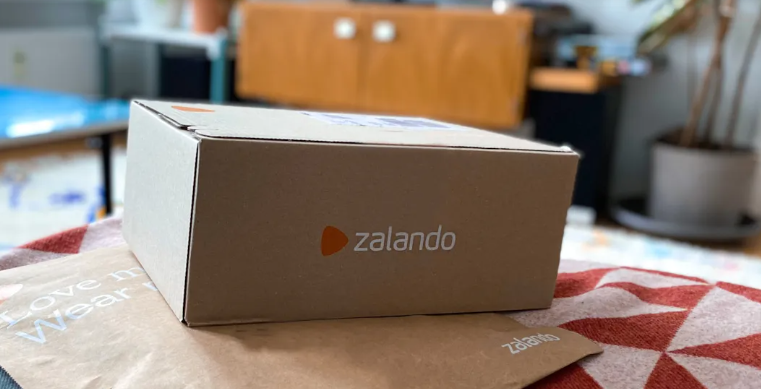Sustainability in logistics is both a basic requirement and a means of differentiation.
As a leading player in the European fashion landscape, the company is uniquely positioned to enable and drive progress among diverse stakeholder groups. “We are dedicated to supporting ecosystem development by building solutions that not only benefit Zalando but are scalable for our partners as well,” David adds.
“We aim to collaborate with those who share our vision and are committed to measurable action.” – David FischerDirector of Logistics Sustainability and Packaging, Zalando
Partnering for progress
Collaboration is central to Zalando’s sustainability strategy, with a strong focus on logistics. David emphasizes the importance of working with partners who share the company’s goals: “Our logistics partners are essential allies in achieving our net-zero ambition. We aim to collaborate with those who share our vision and are committed to measurable action.”
PostNord is one such partner, with its own mission closely aligned with Zalando’s. PostNord’s overall climate goal is fossil-free transportation and operations by 2030. Furthermore, the Group works towards science-based climate targets. Ongoing initiatives like the electrification of PostNord’s fleet and the establishment of green corridors demonstrate its significant strides in sustainable logistics.
A notable example of PostNord’s collaboration with Zalando is the co-investment in a supercharger for electric trucks operating between Zalando’s logistics center in Brunna, around 30 kilometers northwest of Stockholm, and PostNord’s parcel terminal in Veddesta. This includes a co-branded electric truck, demonstrating the shared commitment to sustainability.
Meeting customer expectations
Sustainability is a strategic priority for Zalando, ensuring customers can trust and validate its sustainability claims. David notes that customers see Zalando as a key driver in advancing sustainability. “Two primary contributors to environmental impact – and areas of customer concern regarding sustainability – are packaging, particularly the use of plastic in primary or secondary packaging and the number of parcels per order, and carbon emissions from last-mile deliveries.”
Customer expectations for greener solutions are growing, says David, adding that they have increasingly high expectations regarding the environmental impact of products and services. “They expect us to take an active role in advancing sustainability and reducing the impact of deliveries and returns. As long as these efforts do not compromise their experience – such as convenience being affected by longer delivery times – customers view more sustainable options as the standard.”
PostNord is dedicated to ensuring Zalando meets its customers’ expectations by integrating shared sustainability goals. Together, they are setting new standards for more sustainable deliveries, ensuring customer demands for both convenience and sustainability are met.
Source: PostNord
